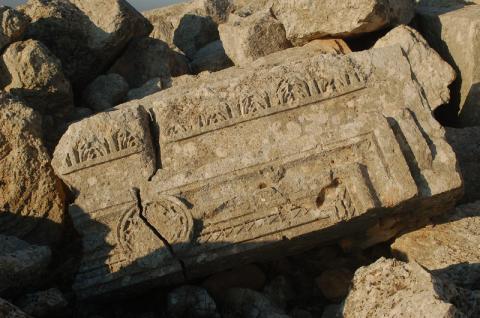12 XI (4.45 Warsaw time) Paweł Nowakowski (UW): ‘Why lies it idle, this beautiful stone?’, or a short introduction to a new project in early Byzantine epigraphy

Abstract
Decades after their publication, the stones and slabs of Rasm al-Ḥajal still lay idle on the dusted pages of the early IGLSyr volumes, and only occasionally do they resurface in one or another archaeological description of Jabal Shbayṭ, a prosperous basaltic plateau in east Syria. In my talk, I will use this dossier’s incredible potential for the study of code-switching in Syrian villages, to give a sneak-peek of a new project run from the University of Warsaw, generously funded by a grant from the National Science Centre, Poland. Whereas the recent years have brought us several exemplary editorial initiatives for middle Eastern inscriptions from specific provinces or in different languages (such as the RIS, RIS-Turquie, CIIP, CIPalm), their goals are far from completion, and a framing of their astonishing results seems even farther. Epigraphy and Identity in the Early Byzantine Middle East is designed to at least partly answer these needs by offering a convenient framework to grasp their results: a freely accessible database covering sites in the entire Levant where inscriptions in languages other than Greek have been recorded. It will also throw new light on the monumental epigraphy of early Byzantine Middle East by re-appreciating its non-Greek faces, and restoring them their due place in the classicists’ scholarship, which may eventually lead us to a revision of existing views on the status of the Greek language, and on the developmental models of late antique Aramaic dialects.
